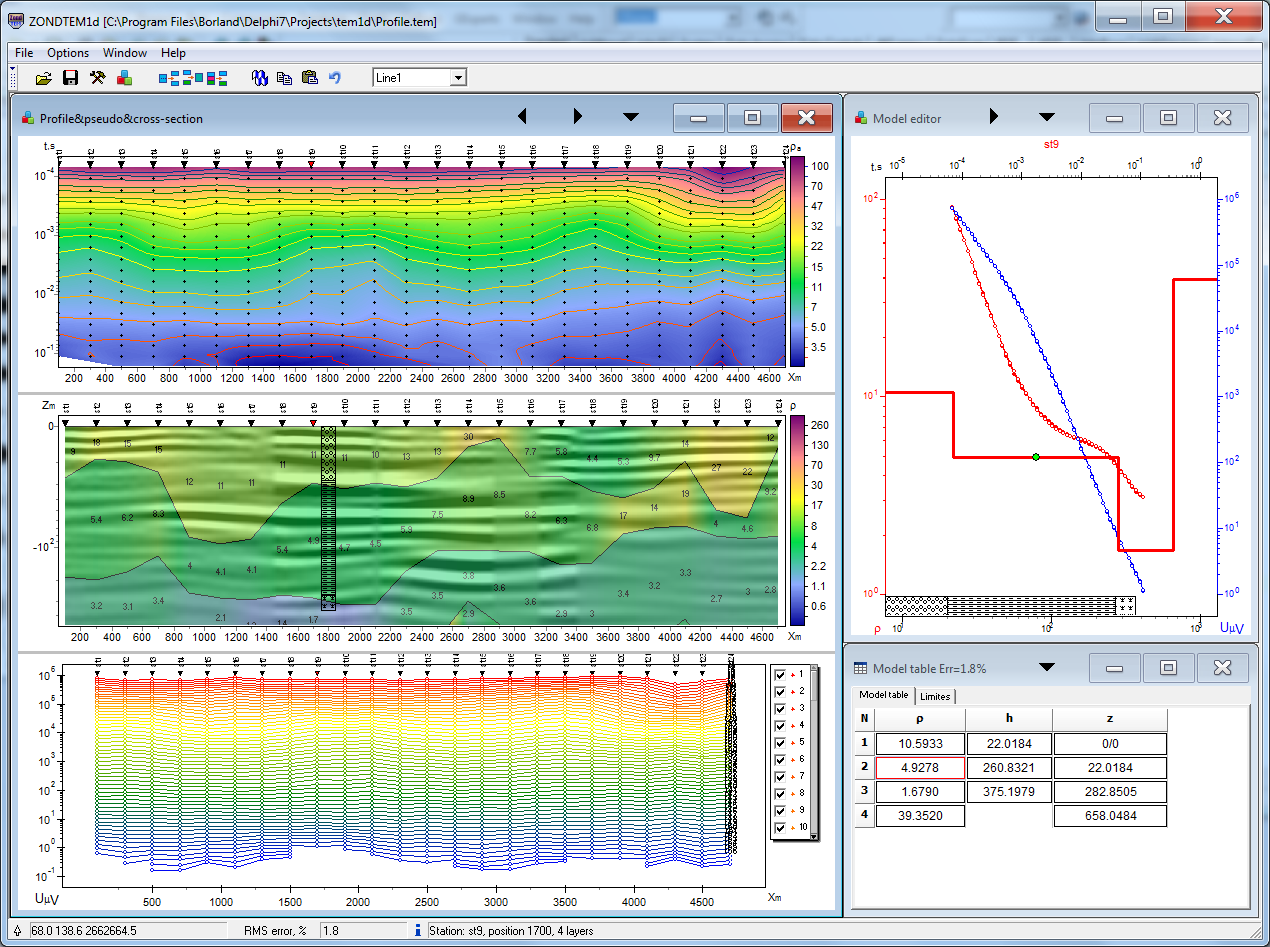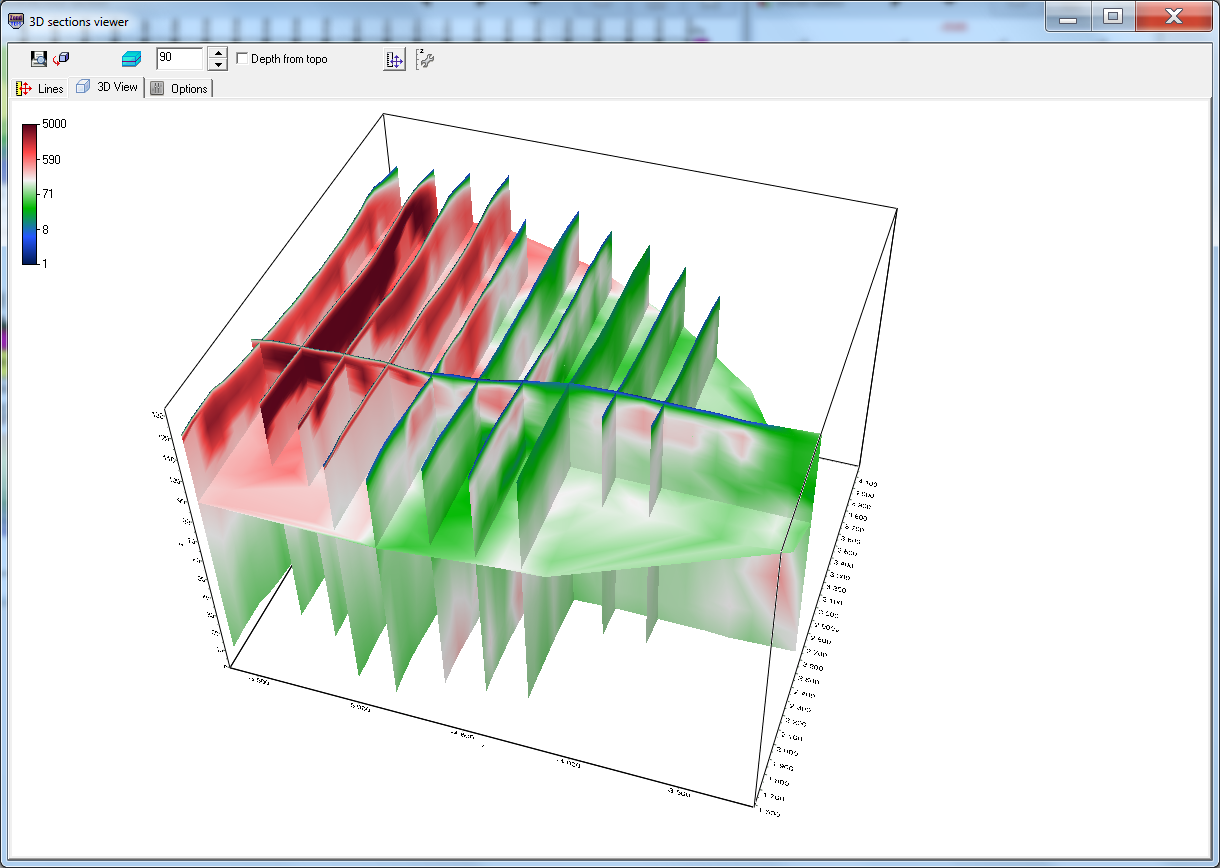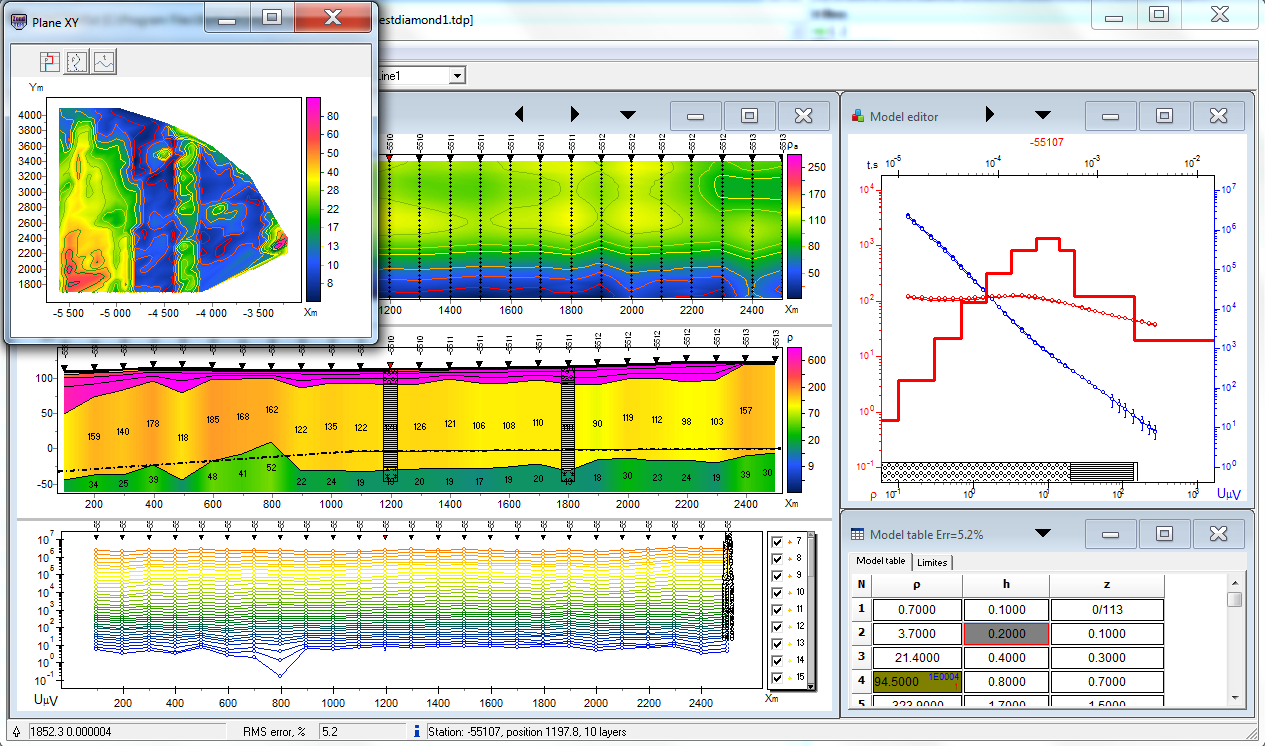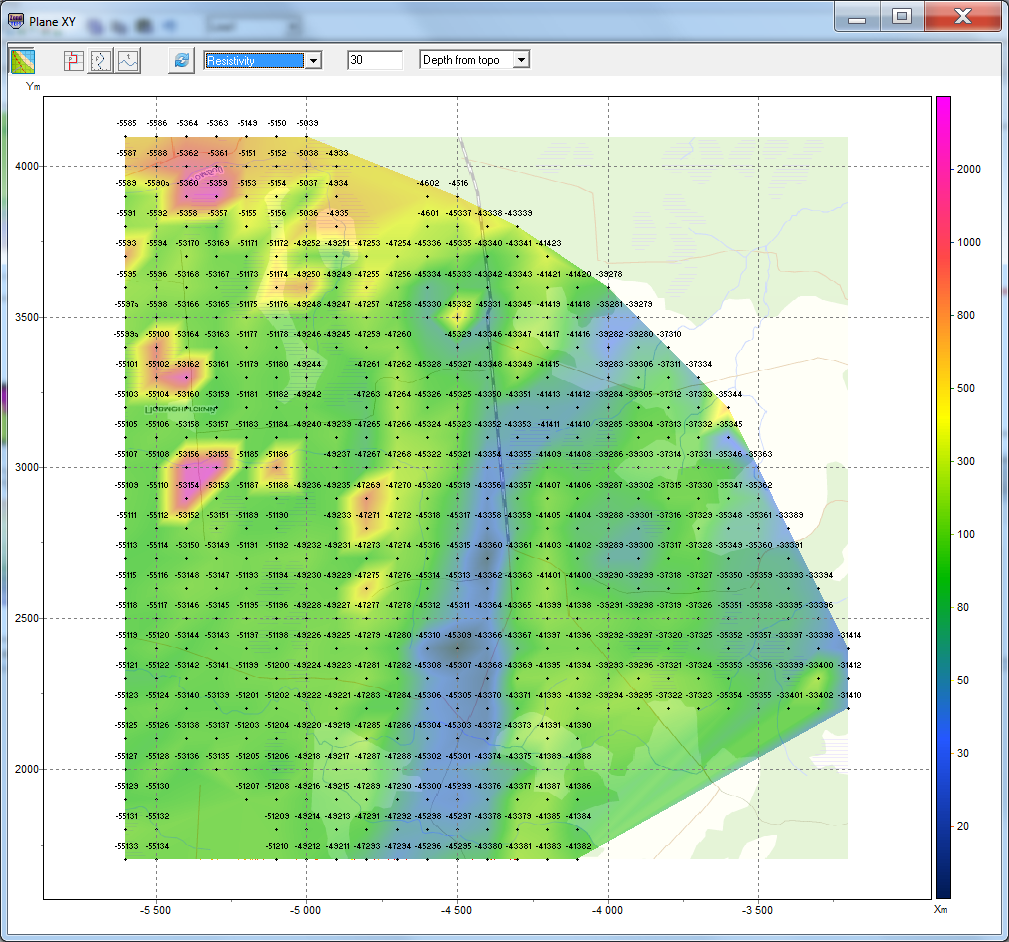ZondTEM1D
ZondTEM1D software is designed for one-dimensional multi-stations interpretation(resistivity, IP and magnetic permeability) of Transient ElectroMagnetic(TEM) and frequency sounding for various observation systems [Line/Loop, Loop/Loop, Loop/Line, Line/Line ) ground and airborne. Comfortable interface and wide possibilities of data presentation allow to solve given geological problem with maximum effectiveness. While developing software special attention was payed to comfort and simplicity of its use, variety of visualization features and account of a priori data.




- Support any kind of configurations or them combinations. Multi source and multi receiver stations.
- Airborne, land and water measurements.
- Time and frequency domain.
- Cole-cole model for induced polarization, magnetic permeability.
- Multi profile interface.
- Buffer for 5 models.
- Denoising and editing procedures.
- Arbitrary pulse shape, taking account of any pulses number.
- Several of the resistivity and IP inversion algorithms : smooth, focusing, robust, block. Setting the reference model for the inversion. Suppressing of the noise component during inversion (robust reweigthing). Special procedures for profile inversion.
- Setting of limits for models parameters, introducion of a priori geological boundaries and borehole data to inversion. Assignment of weights for datum records.
- Different tools for statistical results analysis.
- Number of variants for data, model and apriori information visualization(section or plane). Ability to set a semi transparent background for the resistivity section or map(geological, seismic sections).
- Three-dimensional visualization of the sections along arbitrary system profiles. Maps slices of parameters for various depths.
- Geological sections editor and borehole columns editor. Titled boreholes.
- Joint inversion with magnetotelluric and VES data.
- Exporting to bitmap and vector graphics formats, excel, surfer, AUTOCAD. Setting the scale of the exported image. Print images and create reports.
| Software: download | Video lesson: download